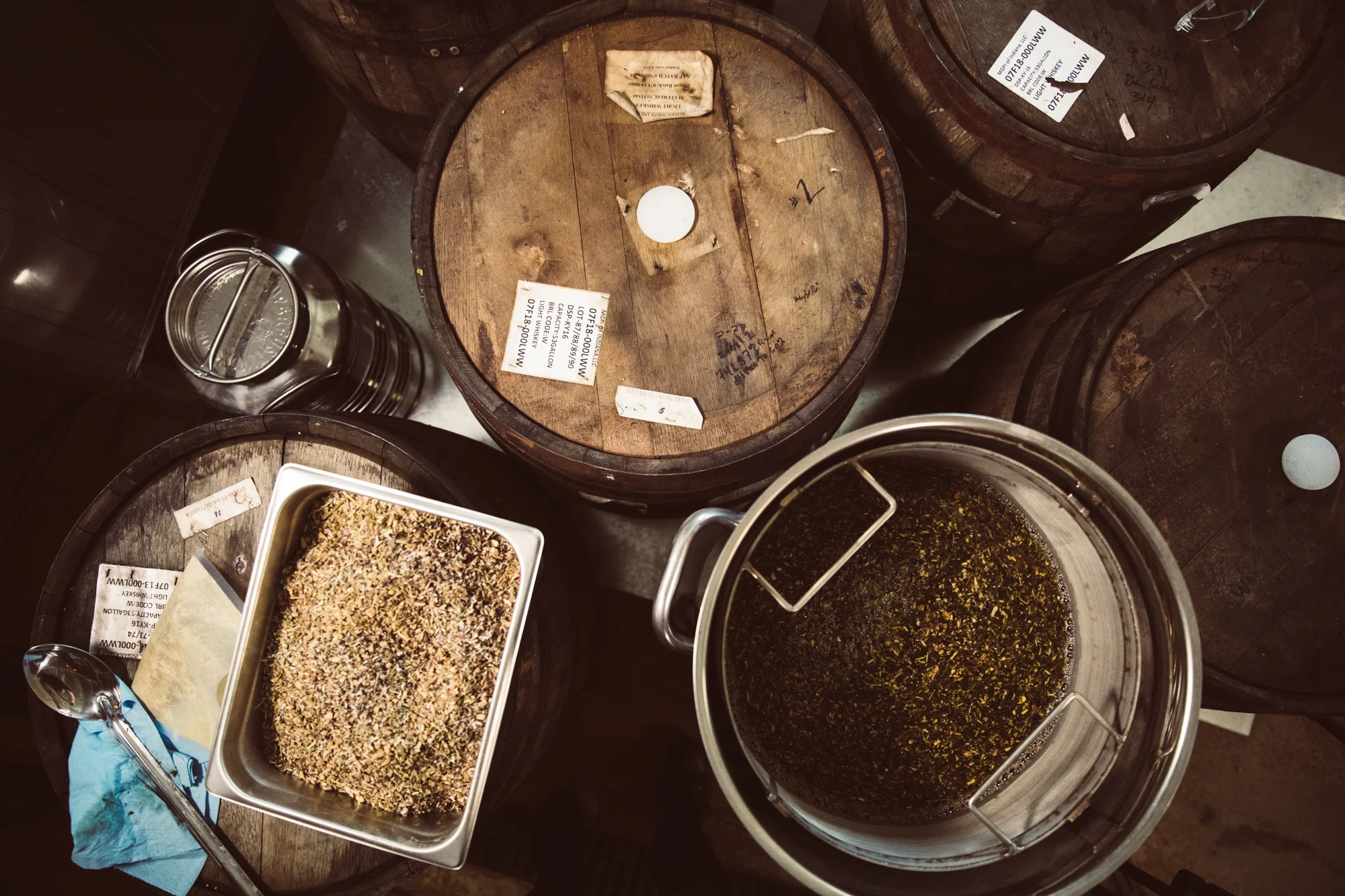Thoughts on Batches
“Our tasting room has functioned as a sort of feedback forum on the different spirits we make. ”
We’re now progressing to higher batch numbers in our products. It’s an exciting time when you produce 'batch 1' of anything. I’ve been reflecting on the whole concept of batches and the evolution of products lately. So this seems like a good time to share some thoughts and also reach out for your feedback.
Batch distilling is a signature of the craft spirits movement. Traditional small scale distillation is by its very nature a batch process; you fill the still, distill alcohol & flavors from the contents, reset and repeat. Continuous distillation is normally a large plant affair, except for a handful of small distilleries with custom gear (see www.headframestills.com for an idea of this kind of setup). There is no inherent implication for quality in either setup….that is still in the hands of the individual distiller leveraging his/her equipment, ingredients, fermentations, and distillations in the best way possible.
But when most people think of craft production, they are thinking of batch distillation. When you hear 'pot still' or 'alembic still' you should think batch distillation most of the time. This begs the question…what is a batch? There’s no hard definition for this term. In distillation, it implies a finite and isolated distillation. Ingredients are added to a still and a distillation with a beginning and an end occurs.
So the batch introduces the idea of variation in a finished product in craft distilling. Is batch to batch variation a problem, or can it be desirable? Does a process need to be perfect before creating a single “finished” product? Or can the craftsman release an slightly varied unit of a product, or should all such products be tossed on the dud pile, keeping reference to a standard ideal? This is an important question in the early years of a product especially. Most people would agree that by the time a product is “established” and widely consumed, a harder standard is appropriate. But is it in the first iterations? It’s a great conversation to have over a drink with friends, when you can tie in grand concepts such as “authenticity” and capitalism and whether the homogeneity of mass tastes ruins subtle niche experiences or the experience of an evolving set of flavors.
We’ve made slight changes from batch one to two in both OREAD™ and NOTOM™. We are talking about the changes at the distillery when we discuss our products. We see our partners in the on-premise sector as allies in the process as they are uniquely placed to receive feedback from customers at one level of remove from ourselves. And we welcome feedback in the tasting room as to the changes we make.
These are still early days for us. Our batch sizes are small. Our tasting room has functioned as a sort of feedback forum on the different spirits we make. And I don’t necessarily see a first batch as inferior to a second. Sometimes the change is technical like trying a different filtration process (Notom™). Or it can be an minor adjustment in a ratio of ingredients (Oread™). It also means I’m still learning as a distiller. My tastes are my own, but I’ll probably succeed to the degree I can synchronize them with the largest number of people, without sacrificing nuance, innovation, or the spirit of flavor exploration. And for that I need feedback. I cannot afford large and scientifically controlled focus groups administered by third parties. For now folks, it’s you. I doubt any great spirit sprung to life fully formed and mature like Minerva springing from the head of Zeus. And full disclosure… I’m not studying under a living master here; only dead ones I meet in old books. Beyond that, I’m following my own path.
What do you think? Leave your comments in the section below. I'd love to hear your thoughts.

